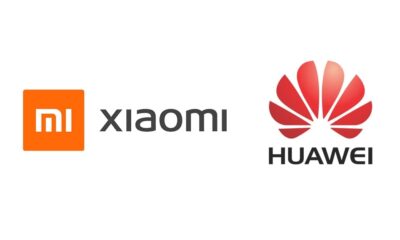HarmonyOS
HarmonyOS 3 beta is now available for Huawei MatePad 11
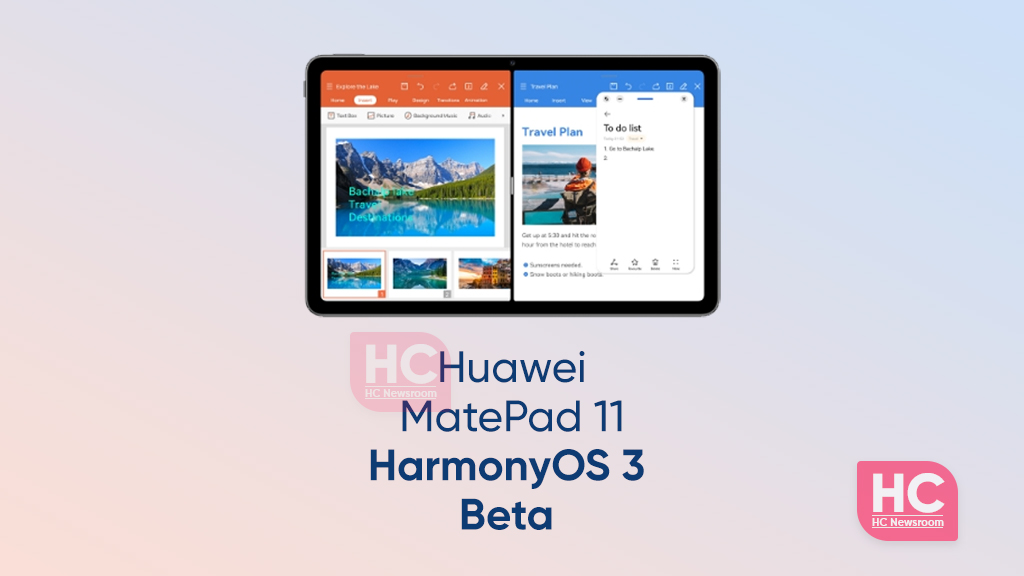
Huawei MatePad 11 users started collecting the iconic HarmonyOS 3.0 beta update, this latest build will redesign your large screen with numerous new features and give you a fresh start with on your tablet.
No doubt, this new HarmonyOS 3 version for your Huawei MatePad 11 tablet, brings a number of positive changes but there is another side of this beta update, that you should be aware of. As any beta update comes for the testing and with the purpose to know the user’s experience with the new build.
However, the beta version isn’t a stable release so you may experience some flaws in this beta testing. We suggest you take part fearlessly, as the Huawei MatePad 11 tablet is compatible to handle any considerable version.
For upgrading, the new version HarmonyOS 3.0.0.103, which is upgradable over HarmonyOS 2.0.0.265 build version. Below you can check the adaptable model:
- Huawei MatePad 11 WiFi version DBY-W09
How to update:
- Go to Settings
- Tap on System & updates
- Tap Software update
- Tap Check for Updates
- Download and Install

Changelog:
New Interaction:
- Stackable: you can view cards by swiping up and down, or by pulling down and then swiping left to delete, you can also drag to change the order of the cards or add them to the desktop.
- Combinable: You can combine cards of different sizes and application shortcuts into one. Cards and combined cards can be resized, and you can apply combined templates with a single click.
- Smart folder: There are additional sizes and styles available, and you can change the size by long-pressing the folder. You can always find the right one, no matter how much or how little you apply. Storage options, as well as more efficient use of desktop space
- Smart desktop layout: Kneading the desktop intelligently layouts the desktop, you can categorize applications and cards by color and function, and one-click selection generates a personalized desktop automatically.
- Xiaoyi: Xiaoyi recommends continuous wisdom upgrading and can dynamically recommend services or applications based on time, scene, location, and usage habits, among other things, providing you with a time-saving and convenient experience.
Full-scene smart life:
- Super terminal: Hyperterminal has been fully expanded to support more device types, various devices can be flexibly combined, interconnected, and coordinated, and devices with different Huawei IDs can also be quickly interconnected, allowing the benefits of each device to be freely invoked.
- Broadcast control center: Support for connecting two pairs of Bluetooth headphones at the same time has been added, for one song, two people can enjoy and listen to the beauty together, in addition, a multi-device broadcast control function has been added, which can conveniently control the music playback of nearby speakers through the mobile phone’s broadcast control center.
Performance and power consumption:
- Superframe game engine: The superframe game engine has been improved further, and energy consumption has been reduced by intelligently scheduling CPU and memory resources.
Privacy and security:
- Privacy center: Provides you with access to all application permissions in the General dashboard, as well as proactive privacy protection suggestions for potential risks You are aware that for all visits
- Security Center: You can check the security status of the current device or other devices with the same Huawei ID at any time, proactively assisting you in identifying problems and providing protection The device is said to be safer and more reliable.
Accessible:
- Visual Aid: Image description and text recognition functions have been added, which can report the characteristics and positions of people or objects recognized in the scene, the text content recognized in the reading environment, describing people appearing in the camera lens, and so on.
- Hearing Aid: Supports quick connection with hearing aids, You can quickly discover nearby hearing aid devices through Bluetooth and easily pair and connect. Added vocal enhancement function, which optimizes the sound by enhancing the clarity of the human voice in the environment, calls, and media to make the sound heard more clearly.
(Source)
HarmonyOS
TAILG launched new scooter with HarmonyOS
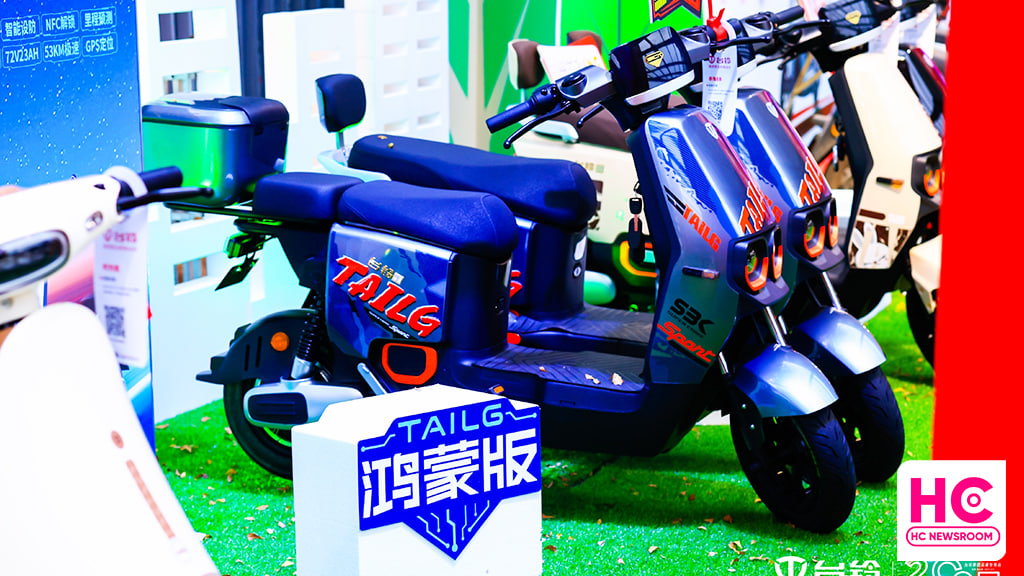
TAILG has launched a brand new electric scooter, which is powered by the HarmonyOS operating system and an all-around stylish look to provide a better experience for consumers.
It has a custom-made avant-garde handlebar, as well as an exclusive smart touch screen, which can display various driving data of the vehicle in real-time. It also equips with a variety of smart unlocking features, including one-key ignition.
The latest TAILG brings HarmonyOS features such as APP control, NFC unlocking, mileage prediction, smart fortification, and vehicle inspection. The TAILG HarmonyOS electric scooter packs a 72V23AH graphene battery, a 1000W cloud-powered motor, and a GPS positioning system.
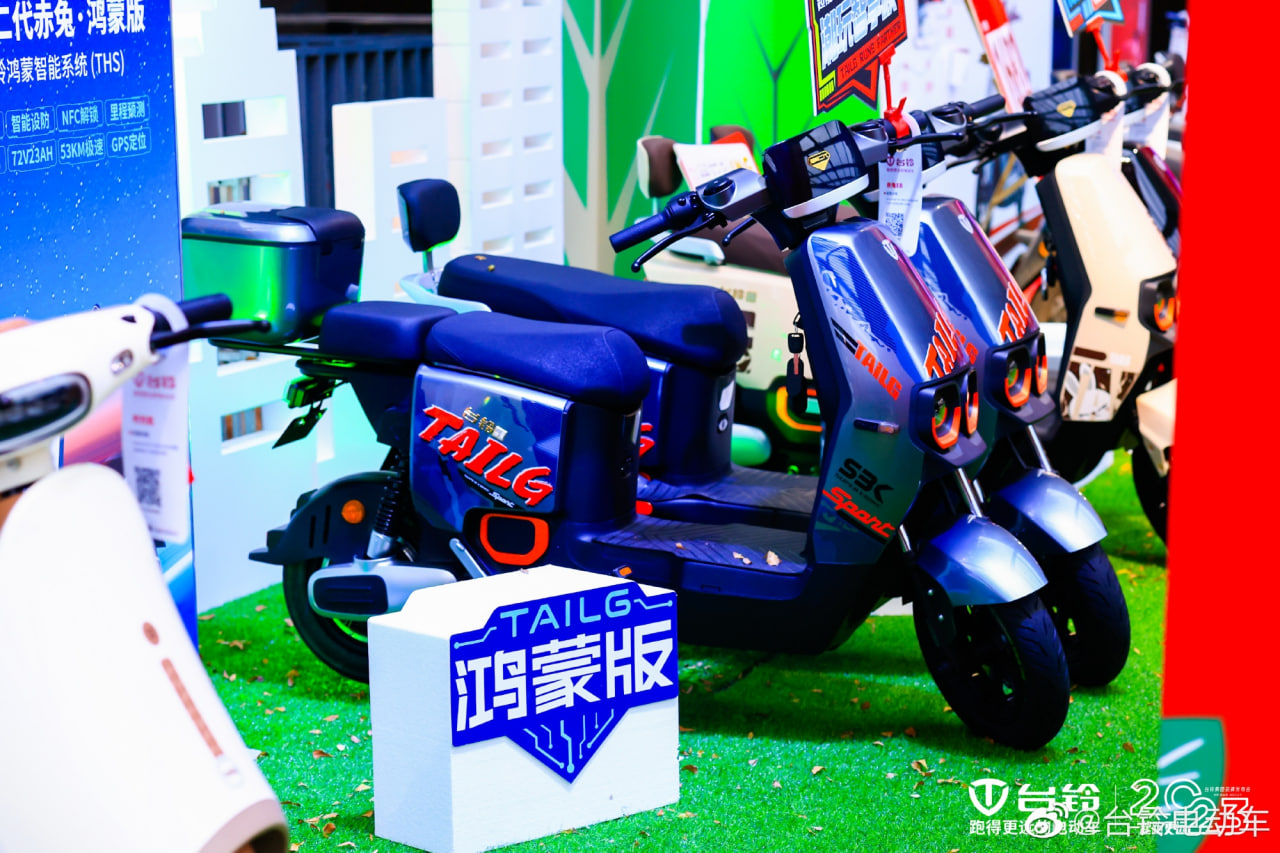
Looking at the price segment, the TAILG HarmonyOS scooter starts at 3899 yuan, and the high-end version is priced at 4588 yuan. This new electric scooter will be sold in offline stores across China.
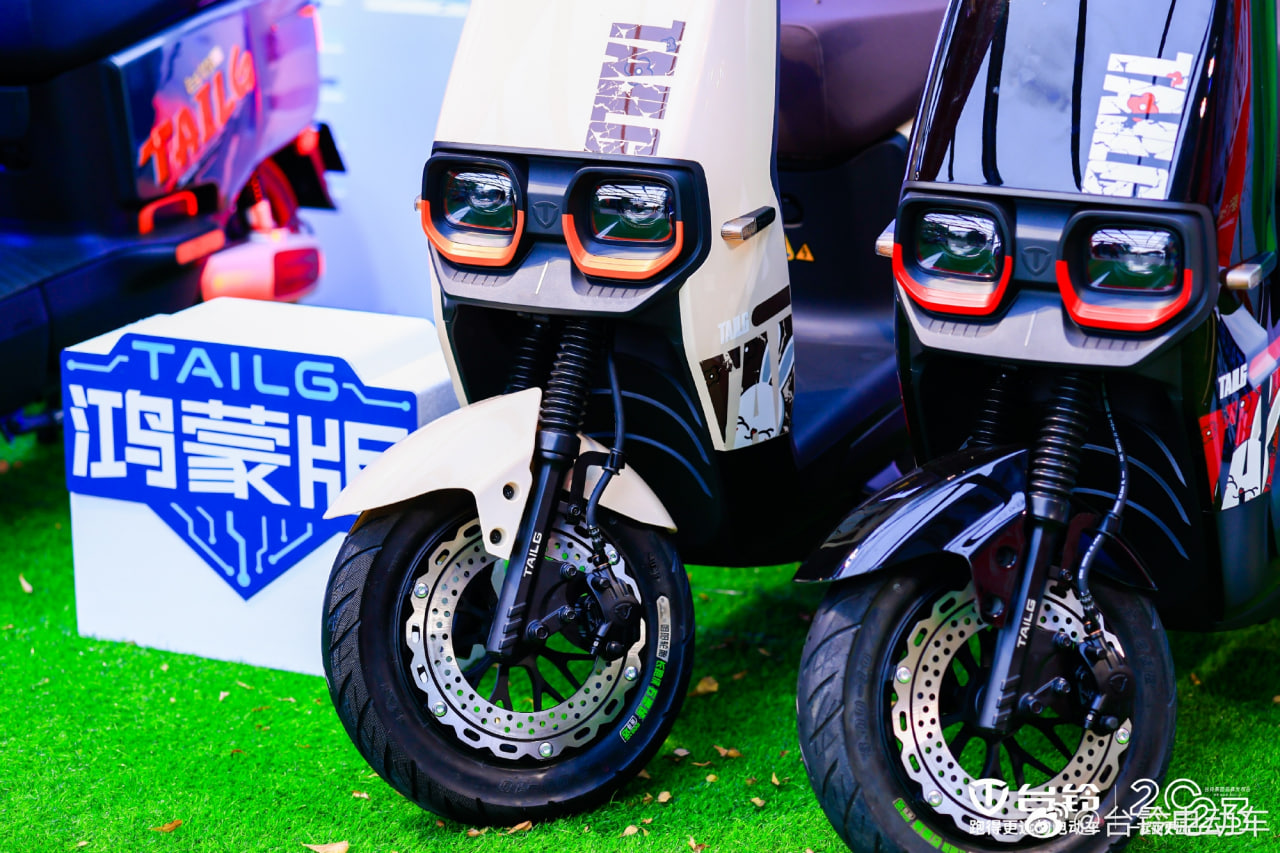
Last year in August, TAILG and Huawei announced cooperation to upgrade electric vehicles, the two companies will establish a joint innovation laboratory to conduct research on IoT and other technologies. This will also allow both firms to achieve technological advantages.
Established in 2004, TAILG is an enterprise specializing in R&D, manufacturing, sale, and service of new energy electric vehicles, Its products cover electric bikes, electric scooters, electric special bikes, electric tricycles, and other vehicles. It has an annual production capacity of 12 million vehicles and more than 30,000 stores exclusively in China.
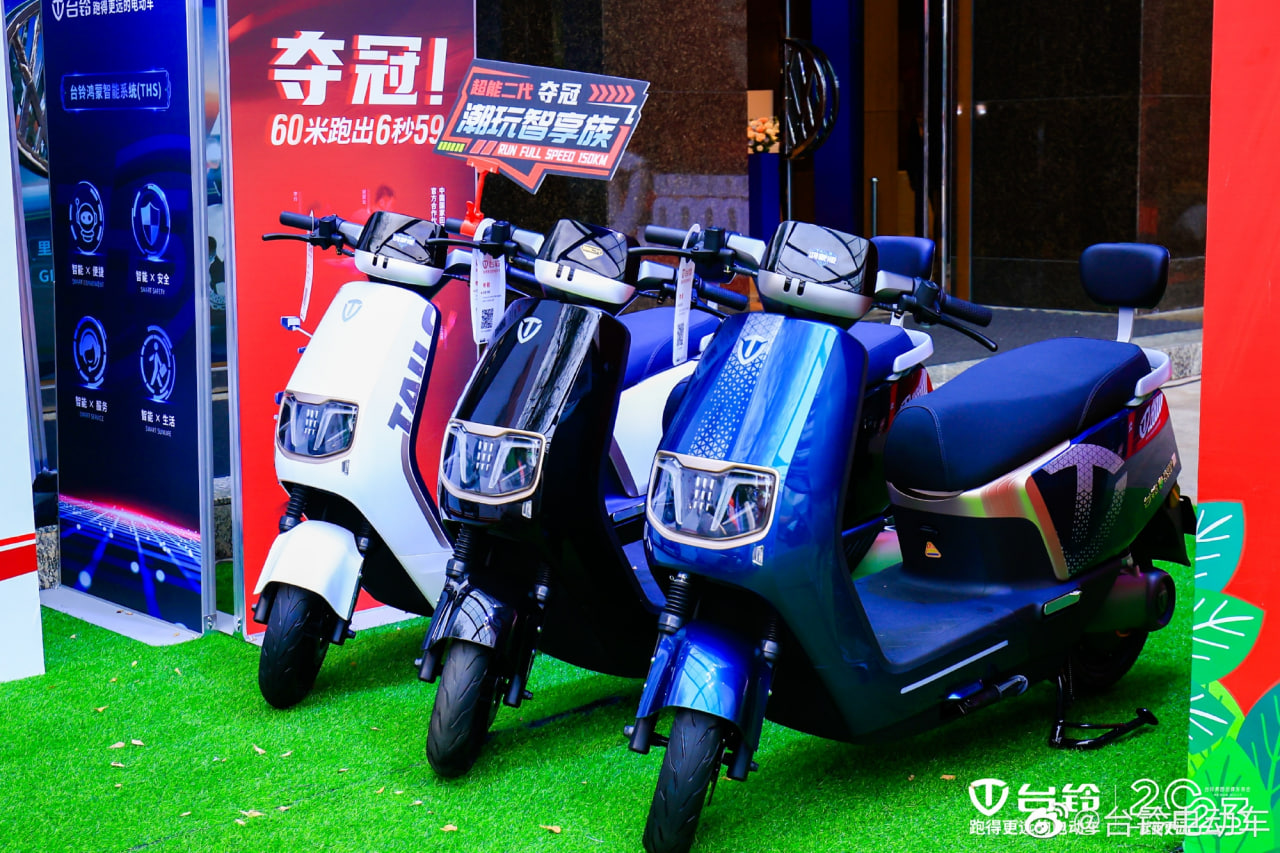
(via – Sina Tech)
HarmonyOS
HarmonyOS 3.1 Developer beta open for smartphone users
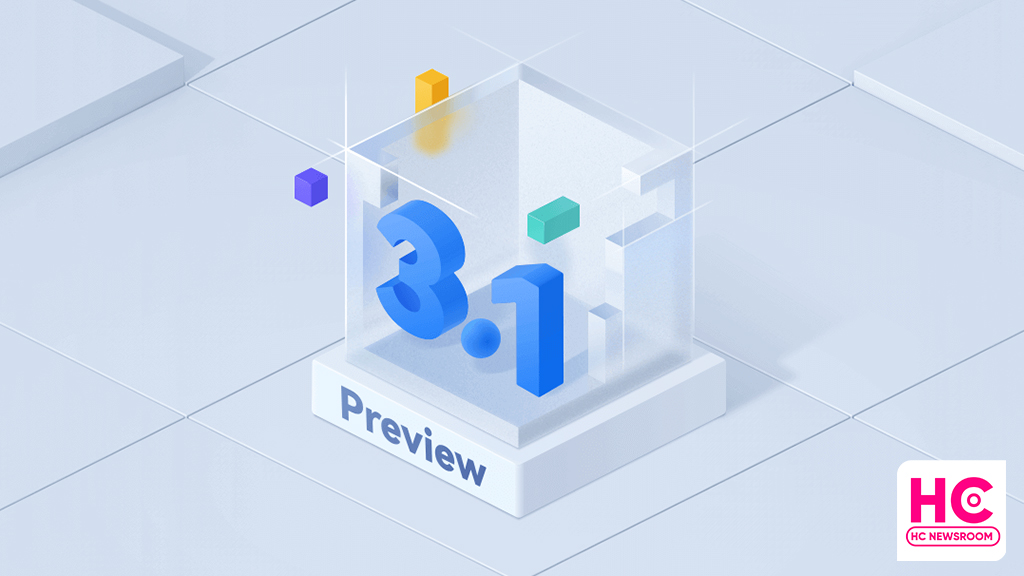
Today, HarmonyOS 3.1 developer preview testing is opened for smartphone users, this recruitment will enable developers to participate in the open beta activity with developer-only features directly into a real device.
According to the information, HarmonyOS 3.1 developer beta is currently being announced for the first phase of devices including Huawei P50 and P50 Pro. However, Huawei has confirmed to add more devices to the test pool later on. Also, a more friendly and subtle beta test is likely to begin in March.
To be mentioned, HarmonyOS 3.1 developer open beta recruitment is applicable until February 13, 2023. Afterward, Huawei will review the test applications. Selected testers will receive an email or SMS to download HarmonyOS 3.1 developer beta OTA rollout.
Also, this beta activity is available only for the Chinese models and only real authenticated accounts will pass the developer beta signup.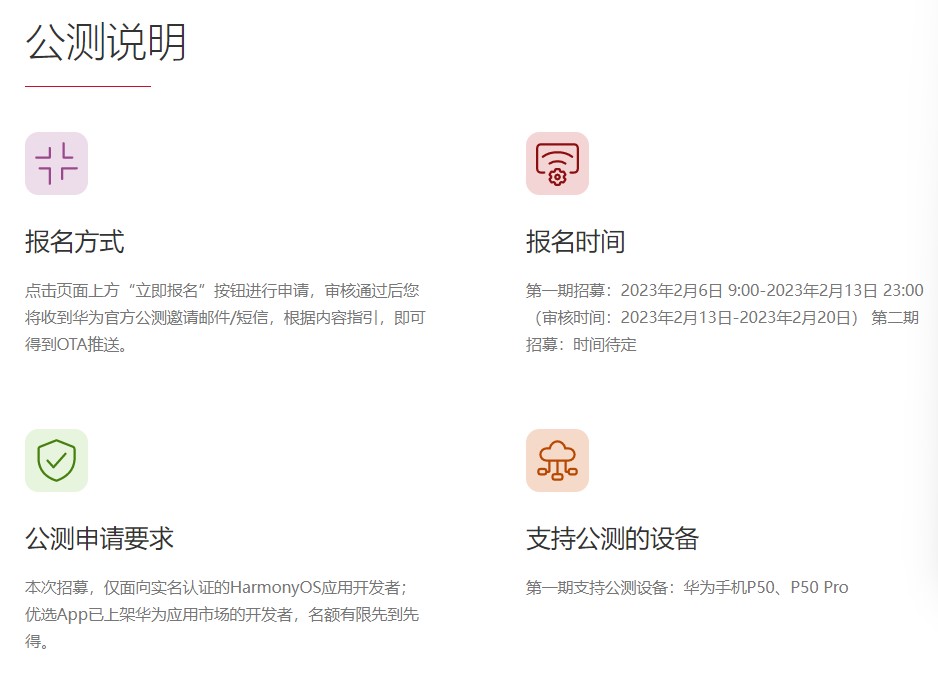
HarmonyOS 3.1 comes constructively adds a new ArkTS language, and with the latest public test, you will experience the improvements and efficiency of the app powered by ArkTS language, STage model, ArkUI, and more.
Below you can check the HarmonyOS 3.1 developer preview features:
- The ability framework adds a stage development model, including stage model life cycle management, scheduling, callback, context acquisition, authentication, and more. At the same time, the operation and management capabilities of the application are enhanced.
- The ArkUI development framework enhances the declarative Canvas/XComponent component capabilities, enhances component layout capabilities and state management capabilities, and optimizes the usability of some components.
- Application package management adds an interface for querying properties related to applications, ability, and ExtensionAbility.
- The common basic class library supports Buffer binary reading and writing.
- Web services add support for document preview and basic editing functions of document-type web applications, as well as cookie management and storage management.
- Added support for YUV, webp image codec, and other capabilities for graphics and images. Added native vsync capabilities, and supports self-drawing engines to independently control the rendering rhythm.
- Added camera configuration and preview functions in Media Services.
- The window service adds window-related interfaces under the Stage model, which enhances the window rotation capability and enhances the avoidance area query capability.
- The globalization service has newly added support for internationalization enhancement capabilities such as time zone lists, transliteration, and phone number attribution.
- The basic capabilities of common events are enhanced, and the commonEvent module is changed to commonEventManager.
- The resource management service adds a synchronization interface for resource acquisition, a new interface for querying resource values based on names, a new interface for querying number and float resource types, and a new way for Stage model resource query.
- Input method service adds input method cursor direction constant.

Android
First Android 14 Developer Beta announced, launch around HarmonyOS 4

Android 14 is the next software version for the Android ecosystem. On February 8, Google stepped ahead to begin the development of this major upgrade with the first developer beta.
Google has released the roadmap for the development, beta testing, platform stability, and the final release of Android 14, which reveals meet the launch of Huawei HarmonyOS 4 later in the second half of 2023.
The first developer preview is already out for the Pixel devices. However, Google could open early access to other smartphone makers such as OnePlus by April when the open beta campaign kicks off.
As mentioned by the Android company, Android 14 is projected to reach platform stability by the end of July. But there’s still a possibility of these milestone timelines to delay, similar to last year.

For your information, the Android 14 developer preview will be a very useful and early gift to the developer community. It will pave a way for the app devs to know more about the upcoming APIs and app features ahead of the final launch.
Looking into the developer preview features, Android 14 promises to improve productivity, enhances performance, improvements to security, and privacy, and bring new customizations.
Yes, there are new tweaks and changes made over Android 12, while there are more that will be visible as the development progress further. Throughout this phase, these developers (and later users) will help to fix bugs and make improvements to the Android 14 source code.
HarmonyOS 4:
Aside from the Android 14 developer beta, Huawei is preparing for the HarmonyOS 3.1 rollout but the company is working on HarmonyOS 4 as a major release for the next generation of Huawei devices. For now, there’s no official launch date available but we are likely to hear more on this at the Huawei Developer Conference (HDC) 2023 event.
HarmonyOS 4 promises big upgrades over HarmonyOS 3 and a major restructure in the user interface (UI). Nonetheless, we’ll keep you posted.

(source – Android)





